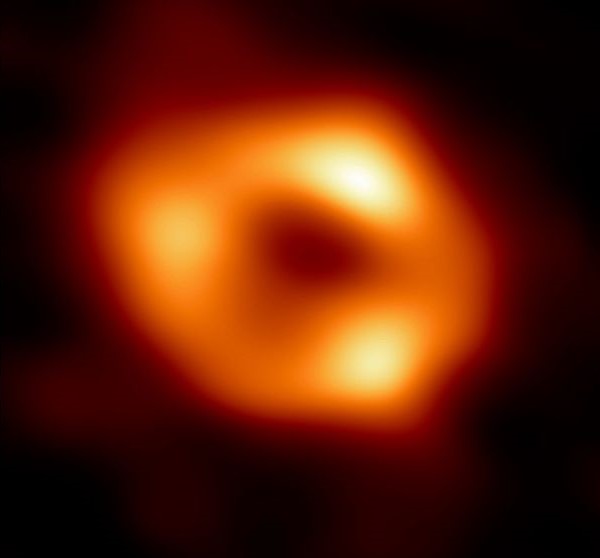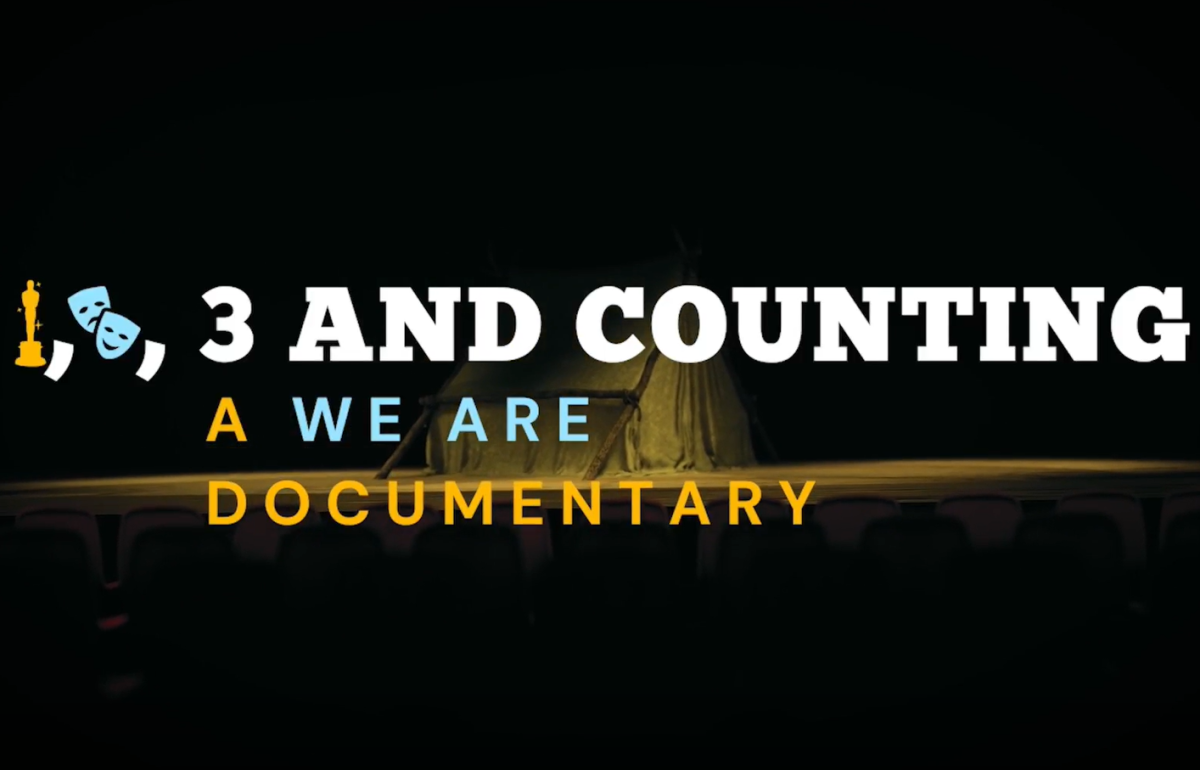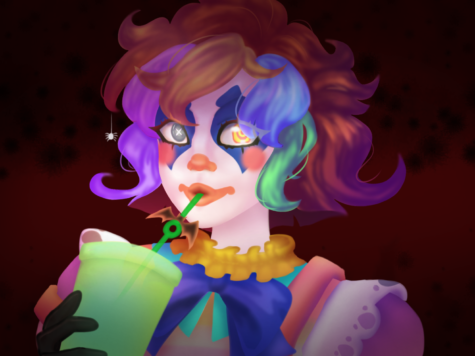The heart of the Milky Way

Image from Event Horizon Telescope collaboration et al.
May 18, 2022
More than 20,000 light years away, in the heart of our Milky Way galaxy, lives a black hole, a massive monster which nothing – not even light – can escape. Last week, on Thursday 12 May, astronomers unveiled an image of this gargantuan object, marking a new milestone in the progression of radio technology. Following the breakthrough of the 2019 black hole image, this newly developed skill is predicted to provide us with a greater understanding of black holes, as well as the ability to progress our radio technologies further.
A black hole is an extremely dense object, having a gravitational pull so strong that nothing can escape it. Due to their massively strong gravity that pulls in light, we are unable to see black holes, making them appear somewhat “invisible” to the human eye. Yet, this unknown nature of black holes is what makes them so interesting – for instance, it has taken us a 5-decade struggle to get these two, seemingly unclear pictures of them!
Although we cannot see the black hole itself in this image, we are able to make out a bright glow around a dark central region – according to the breakdown of the producers of the image, the Event Horizon Telescope (EHT) Collaboration, the light we see captures the bending of light by the black hole’s powerful gravity, forming a shadow of the black hole itself (the dark circle).
As mentioned, this specific image of a black hole is of the one in the middle of the galaxy we live in, known as Sagittarius A+, having a diameter of about 60 million km and being 4 million times more massive than our Sun, according to collected data.
To take a photo of this black hole, the EHT Collaboration used observations from a worldwide network of radio telescopes to form one single “virtual” telescope. The EHT observed this black hole over several nights, detecting multiple radio frequencies, which were then registered as a bright halo around the black hole. The final image that we see is the result of multiple shots averaged together.
Scientists’ growing ability to develop these images of black holes open up several new opportunities and discoveries – as NASA Administrator Bill Nelson said, “Looking more comprehensively at this black hole will help us learn more about its cosmic effects on its environment, and exemplifies the international collaboration that will carry us into the feature and reveal discoveries we could never have imagined.” The EHT Collaboration have also recently developed a campaign known as the “Major Observation Campaign.” It requires the development of more telescopes than ever to expand its network, enabling the ability of the team to provide clearer images, as well as mini movies of black holes in the near future…












